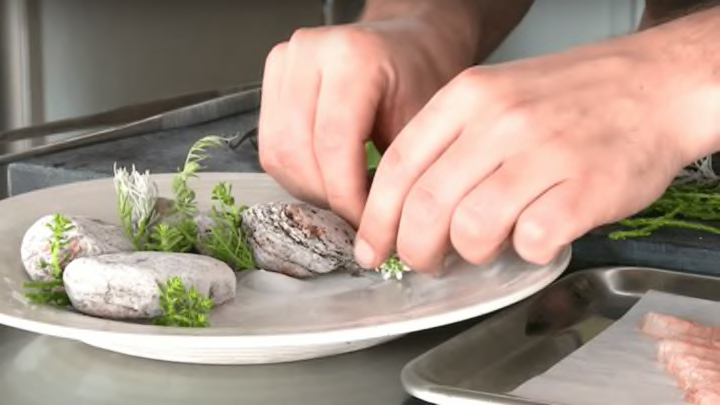Once a necessity, foraging for food has become trendy in many parts of the world, with amateurs and professional chefs using ingredients that they dug up from the earth. But, as Market Watch reports, what started as a creative way to take full advantage of natural resources is now also a profitable hobby for those who are willing to get their hands dirty.
High-end restaurants like the Michelin-starred Noma in Denmark have become famous for crafting menus around the ingredients found that day or week, but there are other foragers who have used their enterprising skills to do well for themselves as sellers. North Carolina-based forager Alan Muskat can spend an hour picking weeds known as stinging nettles and end up with 100 pounds worth $300, according to Market Watch. Others deal in fungi, like wild Morel mushrooms that can fetch $40 per pound.
To spread the practice, some colleges and universities offer mushroom identification courses, and there are numerous books and mobile apps to help would-be foragers spot wild edibles. Some foragers, including Muskat, offer paid tours for those who want to get out and learn what our ancestors knew about living off of the land.
While foraging does come with the potential danger of misidentifying plant species, and some foragers have run into issues with the legality of foraging in places like public parks and on private property, there are resources and permits available for those curious about the practice. We can't guarantee that your food will taste as good as Chef Redzepi's at Noma, or that you will make as much money as others have, but that shouldn't deter you from digging up more information about the foraging community.
[h/t Market Watch]
